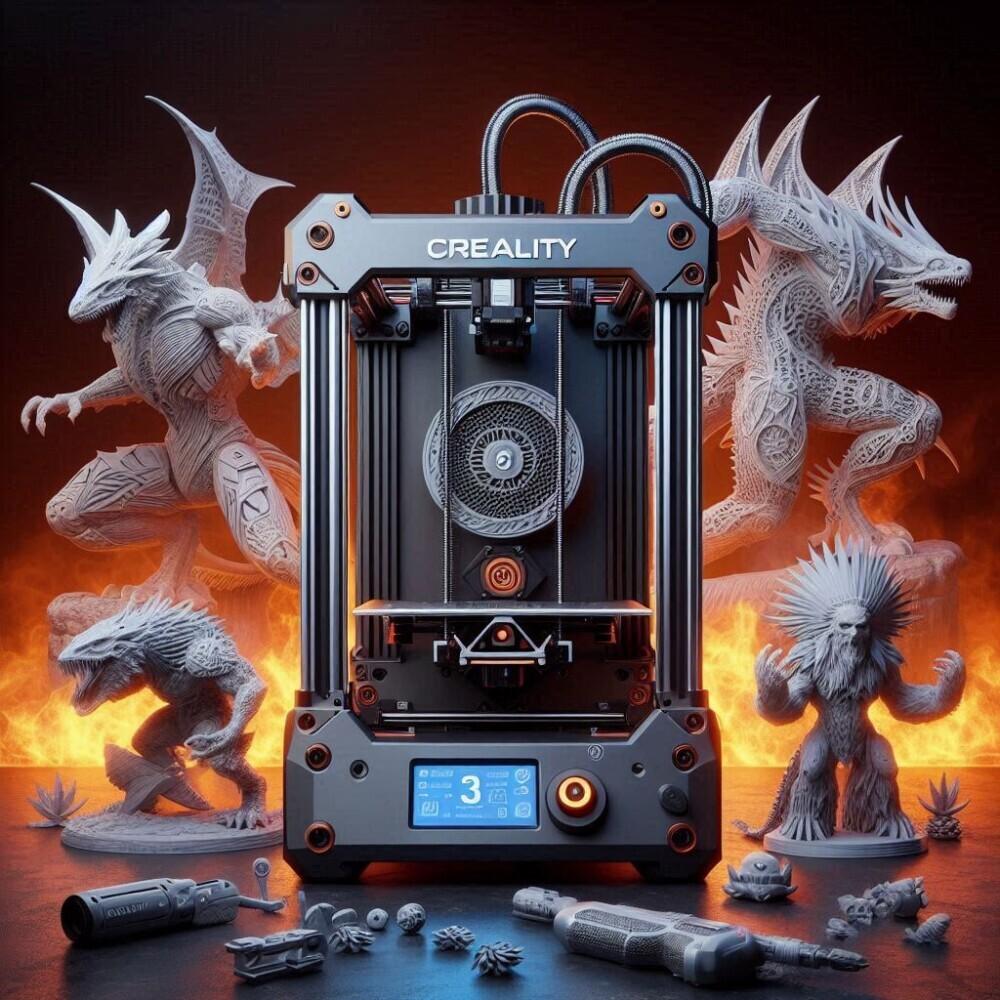
And the Future of Desktop SLS 3D Printing
The 3D printing world was abuzz when Wisconsin-based startup Micronics unveiled the Micron, a groundbreaking desktop Selective Laser Sintering (SLS) 3D printer aimed at professionals and hobbyists. What made this announcement truly remarkable was the printer’s promised price point—a mere $2,999 for early bird orders, significantly undercutting existing SLS printers on the market. However, the excitement was short-lived as Formlabs, a leading name in professional and accessible 3D printing, swiftly acquired Micronics, putting the Micron project on hold. This move has sparked considerable interest and speculation within the 3D printing community, raising questions about the future of affordable SLS technology. This article delves into the details of the Micron printer, the acquisition, and the implications for the industry.
The Micron: A Game Changer in Desktop SLS?
Micronics, founded by three dedicated innovators, set out to democratize SLS 3D printing by creating a compact, affordable, and user-friendly machine. The Micron boasted several innovative features:
First, its support-free printing took advantage of the inherent nature of SLS technology, utilizing unfused powder as a support structure. This allowed for complex geometries and intricate designs without the need for separate supports, opening up possibilities for creating parts with internal features that would be challenging with other 3D printing technologies.
In addition, it was designed for high-quality, durable parts, using high-performance polymers like nylon to produce components with high strength and resistance to chemicals and wear. These qualities made the Micron suitable for producing functional prototypes and end-use parts across various industries.
Another notable feature was its efficient workflow, maximizing build chamber efficiency to allow users to stack hundreds of parts for production runs. This feature streamlined material usage and reduced production time, making small-batch manufacturing more feasible.
The Micron also incorporated an innovative powder handling system using a “powder flipper” mechanism that scooped up powder, rotated, and opened sloped wings to distribute it evenly onto the build platform. This ensured consistent powder distribution and reduced the risk of printing errors.
Micronics introduced a custom software, MicroSlicer, which included a physics-based packing algorithm to optimize part placement. Developed using the Unreal Engine, it reflected Micronics’ unconventional approach to software development.
Safety and cleanliness were additional priorities, with the Micron featuring a fully enclosed powder handling system, built-in carbon-HEPA filters, and a removable fume extractor, addressing concerns related to fine powder exposure. Moreover, all hardware and software were manufactured in the USA, reinforcing quality and reliability.
Formlabs Enters the Picture
Formlabs, known for its accessible yet professional SLA and SLS 3D printers, recognized the potential of Micronics’ technology and swiftly acquired the startup. While the financial terms of the deal remain undisclosed, the acquisition brought the Micron project to a halt. Notably, Micronics had launched a Kickstarter campaign for the Micron, raising $1.3 million from enthusiastic backers. Following the acquisition, Kickstarter backers received refunds and Formlabs credits, as well as an open material license for Formlabs 3D printers, fostering experimentation with different materials and innovation.
Formlabs’ CEO, Max Lobovsky, stated that the acquisition was driven by a shared vision for accessible and powerful 3D printing. He highlighted Micronics’ innovative spirit and engineering excellence as key factors that would accelerate Formlabs’ efforts to make SLS technology more affordable and user-friendly. However, industry observers suggest that Formlabs might have also been motivated by the desire to prevent Micronics from becoming a competitor in the affordable SLS market.
Formlabs’ Plans for Micronics’ Technology
Formlabs has indicated that the Micronics team will be integrated into their R&D department to develop the next generation of accessible SLS printers. While the Micron itself will not be brought to market, its core technologies and innovations are expected to influence future Formlabs products. By bringing the Micronics team in-house, Formlabs aims to leverage its expertise and combine it with its own resources to create more refined and reliable SLS printers.
This has fueled speculation about Formlabs’ roadmap for affordable SLS printers. Some believe that Formlabs will leverage Micronics’ technology to create a new line of SLS printers that are significantly cheaper than their existing Fuse Series, which currently starts at around $30,000. Others suggest that Formlabs might incorporate Micronics’ innovations into their Fuse Series, enhancing its performance and user-friendliness while potentially lowering the price point.
The Future of SLS 3D Printing
SLS 3D printing offers several advantages over other additive manufacturing technologies, making it a compelling option for various applications. It enables the creation of complex geometries without support structures, produces parts with excellent mechanical properties, and supports a wide range of materials such as nylons, polyamides, and composite powders.
The Formlabs acquisition of Micronics signals a shift in the 3D printing industry. Increased competition could drive down prices, making the technology more accessible, while accelerated innovation could lead to improved print quality and new material options. However, this also raises concerns about market consolidation as larger companies acquire startups to control emerging technologies.
The development of affordable and user-friendly SLS printers could unlock a wide range of applications, from product design and prototyping to healthcare, education, and customized consumer goods. The acquisition presents both opportunities and challenges, and the 3D printing community eagerly awaits Formlabs’ next move in shaping the future of desktop SLS printing.

